
America’s once-vibrant movie theater landscape continues to crumble, and now another name has fallen. CMX Cinemas, a prominent chain based in Miami, has filed for Chapter 11 bankruptcy, its second in five years. The move reflects an industry still shaken by pandemic fallout, streaming competition, and changing viewer habits.
With real estate implications and widespread economic impact looming, CMX’s collapse serves as another sign that traditional theaters may never return to their former glory.
Movie Nights Used To Mean More
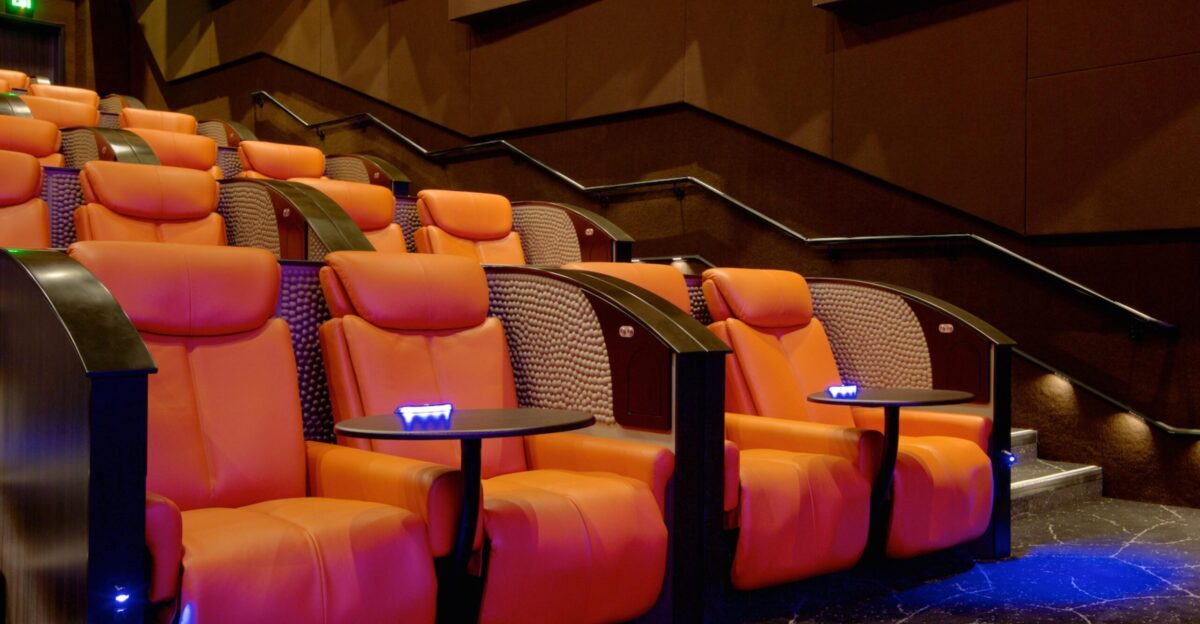
For decades, theaters weren’t just places to watch movies—they were cultural landmarks. From grand premieres to drive-ins and bundled double features, they shaped family rituals and social lives. Popcorn meant something special. But those traditions are slipping away. Even with inflation, 1971’s average movie ticket cost more than today’s. The communal magic of the big screen is losing ground to solo streaming.
Streaming Changed Everything

Streaming didn’t just compete with theaters; it shook up the entire industry. With massive 85-inch TVs outselling 55-inch sets and $700 soundbars mimicking theater audio, home setups rival the cinema. Studios now drop films on streaming platforms in as little as 30 days. A couple can rent the latest release for $20, less than tickets, babysitting, and parking. Theaters once offered exclusivity. Today, convenience is preferred.
A Theater Chain in Trouble

CMX Cinemas promised a luxury moviegoing revolution: gourmet menus, plush recliners, even sports bars. But by mid-2025, its parent company filed for bankruptcy again. The second in five years. Its 28 U.S. locations and 2,000 workers now face an uncertain future. Even luxury upgrades can’t offset lighter foot traffic, high lease costs, and the slow erosion of the theater business model.
CMX’s Real Estate Gamble
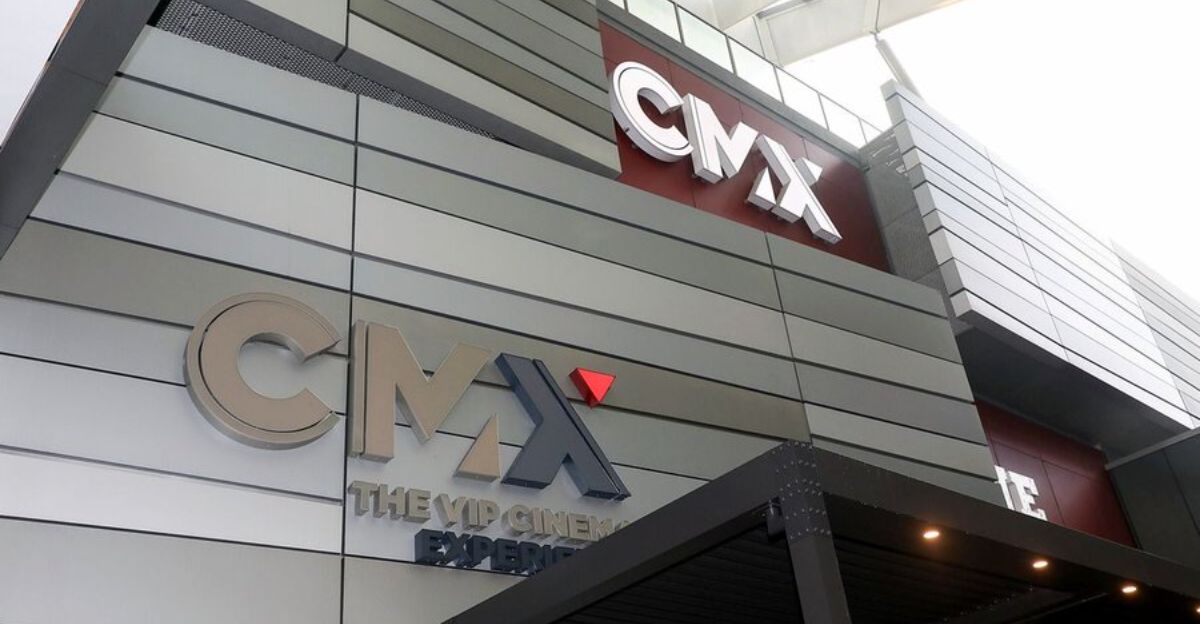
CMX’s most valuable asset isn’t its films or equipment, it’s its property. With 28 theater locations, much of the company’s worth is tied to real estate. That’s why they’ve partnered with A&G Real Estate Partners to explore options. Selling or repurposing these spaces could bring in cash, but also risk disrupting communities that rely on theaters as local anchors.
Not Just CMX—Others Are in Trouble Too

CMX’s bankruptcy is part of a wider pattern. Regal Cinemas, once a dominant force, closed all 536 of its U.S. theaters back in 2020. Its parent company, Cineworld, filed for bankruptcy two years later, drowning in nearly $5 billion of debt. Financial struggles have become routine in an industry once seen as recession-resistant.
Audiences Have Moved On
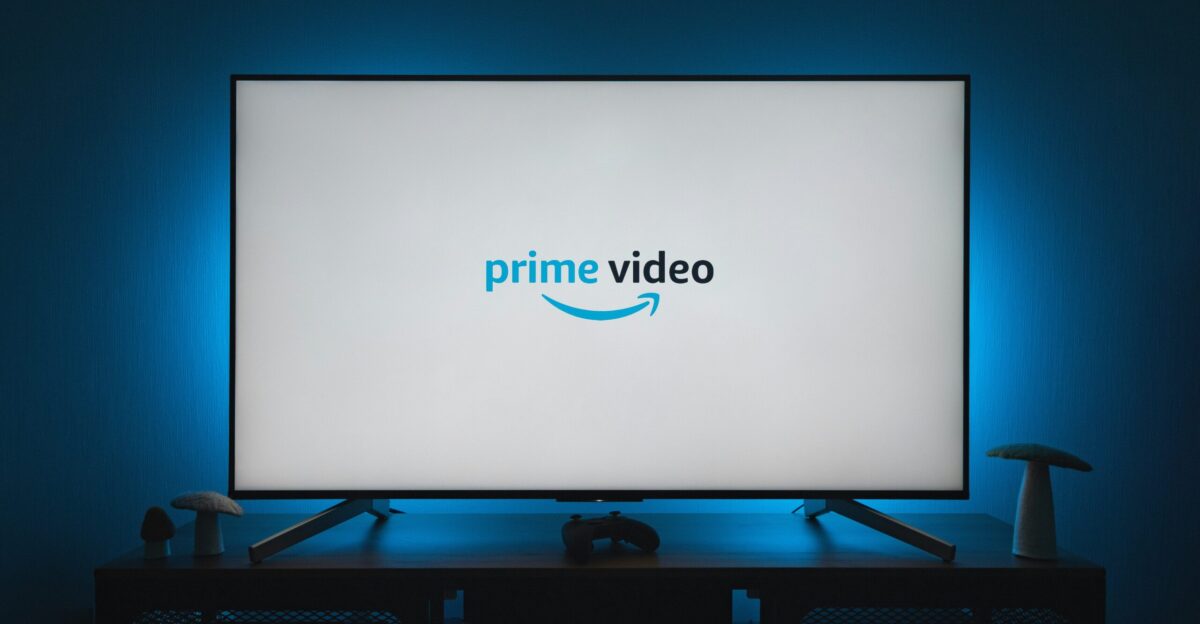
Most Americans have chosen the couch over the cinema. A 2025 Harris Poll shows 77% prefer to watch movies at home. Only 15% still favor theaters. With Netflix, Disney+, and Prime Video offering endless options for under $20, streaming isn’t only cheaper, it’s easier, quieter, and more comfortable. Theaters now need more than screens. They need a reason for people to leave the house.
The Rising Cost of a Night Out

The average movie ticket in 2024 was $11.31. A medium popcorn? $8.14. For a family of four, a basic movie night easily hits $70, not counting gas, babysitting, or parking. At home, that money covers a full month of streaming. While 72% of Americans say they’d go more if it cost less, theaters can’t cut too much, studios still claim over half of every ticket sold.
Studios Shake Up Release Strategies

Theater operators now face another challenge: studios have redefined how they release films. During the pandemic, big titles premiered on streaming services, sometimes the same day as in theaters. Warner Bros., for instance, dropped its 2021 slate on HBO Max while showing in cinemas. That shift changed viewer expectations and the economics of theater releases.
Box Office Decline Isn’t Reversing

Even though some films, like Barbie, have made waves at the box office, the overall trend remains bleak. U.S. revenue dropped from nearly $12 billion in 2018 to just $8.5 billion in 2024. Mid-tier films, romantic comedies, and indie projects are increasingly struggling to draw audiences, pushing studios to rethink theatrical releases altogether.
The Rise of the Blockbuster-Only Model

Studios are now prioritizing big-budget blockbusters over smaller films. That’s because only major titles have a chance of turning a profit in theaters. Theaters, in turn, are shrinking their slates, relying on tentpole releases to draw crowds. It’s a feedback loop that squeezes out diversity in cinema and leaves fewer options for moviegoers.
Employment Woes Across the Industry
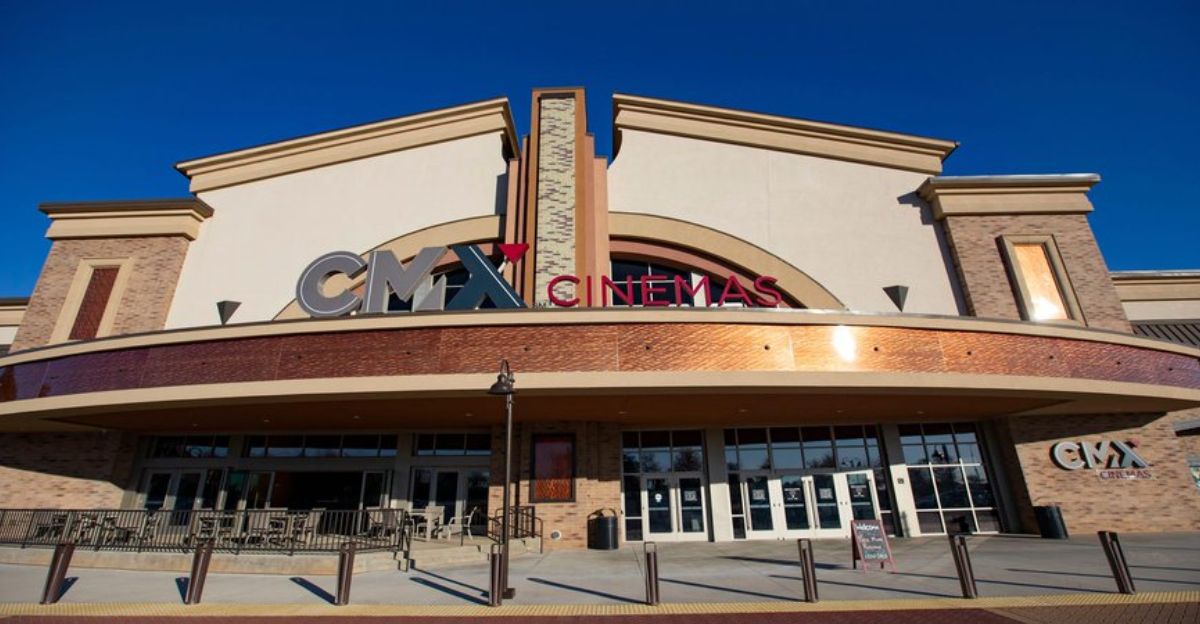
The collapse of CMX and others isn’t only about business; it’s also about jobs. Regal’s shutdown in 2020 led to 40,000 furloughs. Cineworld still employs about 28,000 globally. As chains contract or go under, workers lose paychecks, and suppliers, vendors, and neighboring businesses lose customers. The ripple effects are hard to contain.
Theaters Anchor Local Economies
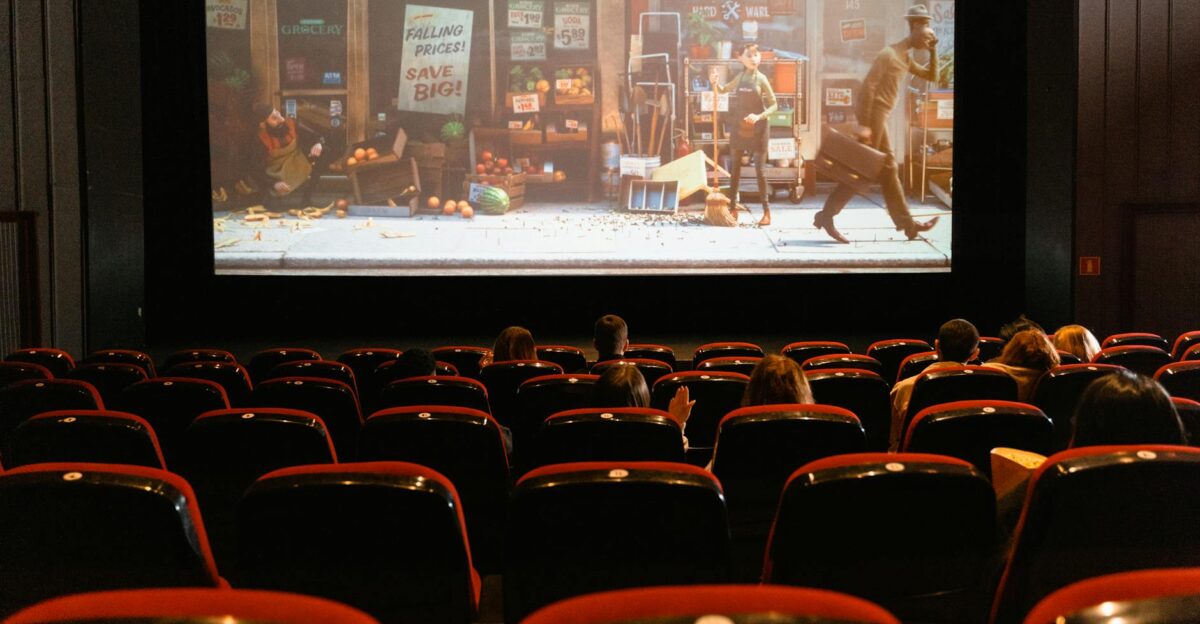
A neighborhood theater isn’t just a place to see films; it’s often a cornerstone for local commerce. From parking attendants to nearby restaurants, many jobs rely on the foot traffic theaters bring. When a location shutters, it can leave a gaping hole in the local economy, especially in towns with few other entertainment options.
Government Aid Falls Short

The National Association of Theatre Owners has pleaded for more support. It warned Congress that nearly 70% of small and midsize theaters could shut down without aid. Although some help arrived, like a $450 million loan to Regal’s parent company, it hasn’t been enough to stop the bleeding. The question now is whether more help is coming.
CARES Act Support Wasn’t Enough
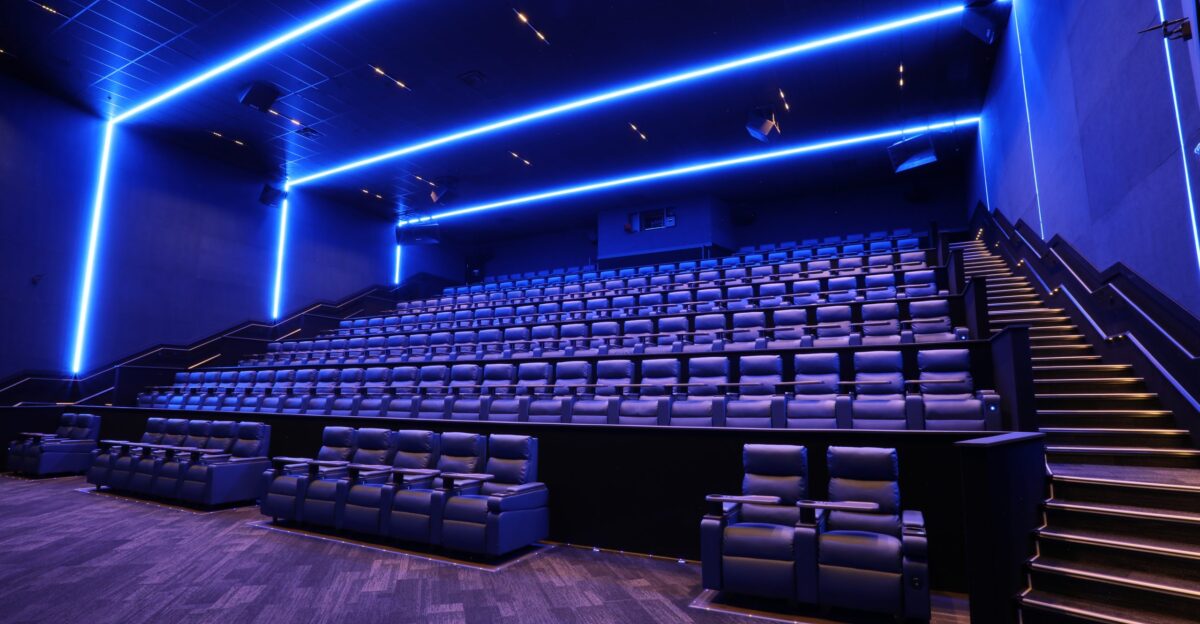
Theaters did receive some relief through the CARES Act and other measures, but it wasn’t proportionate to the industry’s deep and ongoing needs. Pandemic-era closures, coupled with the slow return of audiences, mean many operators still need funding just to stay open. Without additional aid, more closures seem inevitable.
Chains Try New Tactics to Survive
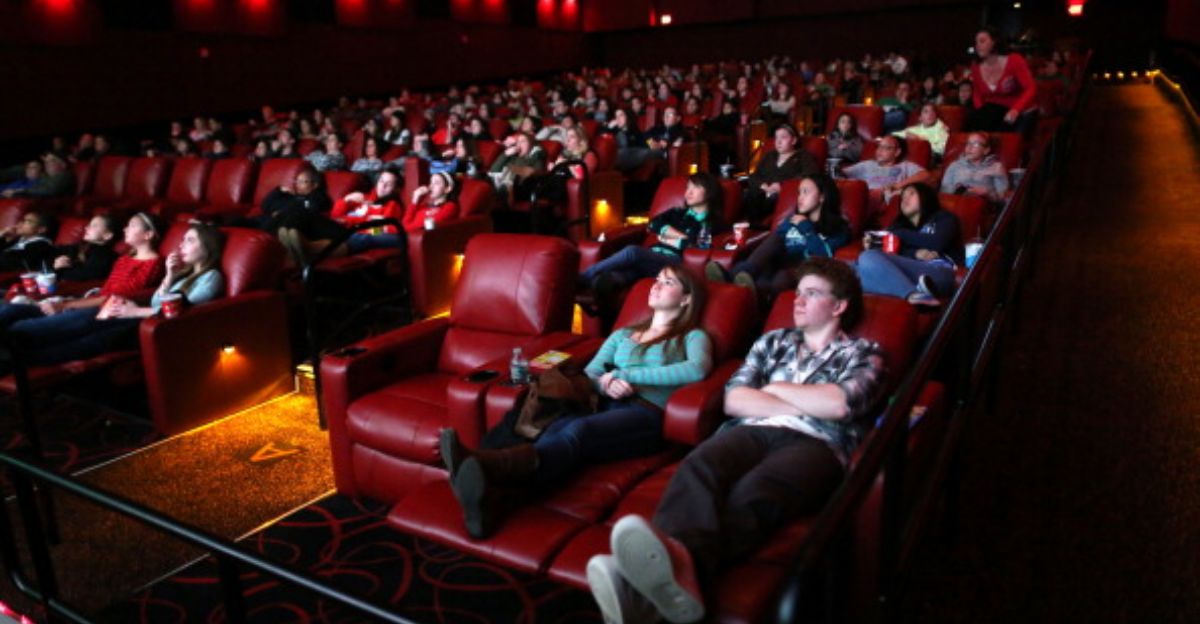
Theaters that want to survive must evolve. Premium experiences like IMAX, 4DX, or themed fan nights are still drawing crowds. Some are trying hyper-local programming or indie festivals. But the industry’s shift is undeniable. Streaming dominates, and theatrical runs now exist more for prestige than profit. Theaters are becoming event venues, less often, more occasionally, and are built for die-hards.
A Cultural Shift That Feels Permanent

CMX’s collapse underscores a broader cultural reset. Many Americans no longer consider going to the movies a regular outing. What remains are big-ticket experiences and niche events. Theaters that survive will likely need to specialize, rethink their offerings, and embrace a very different future than the one they once dominated.
Concession Prices and the Value Gap
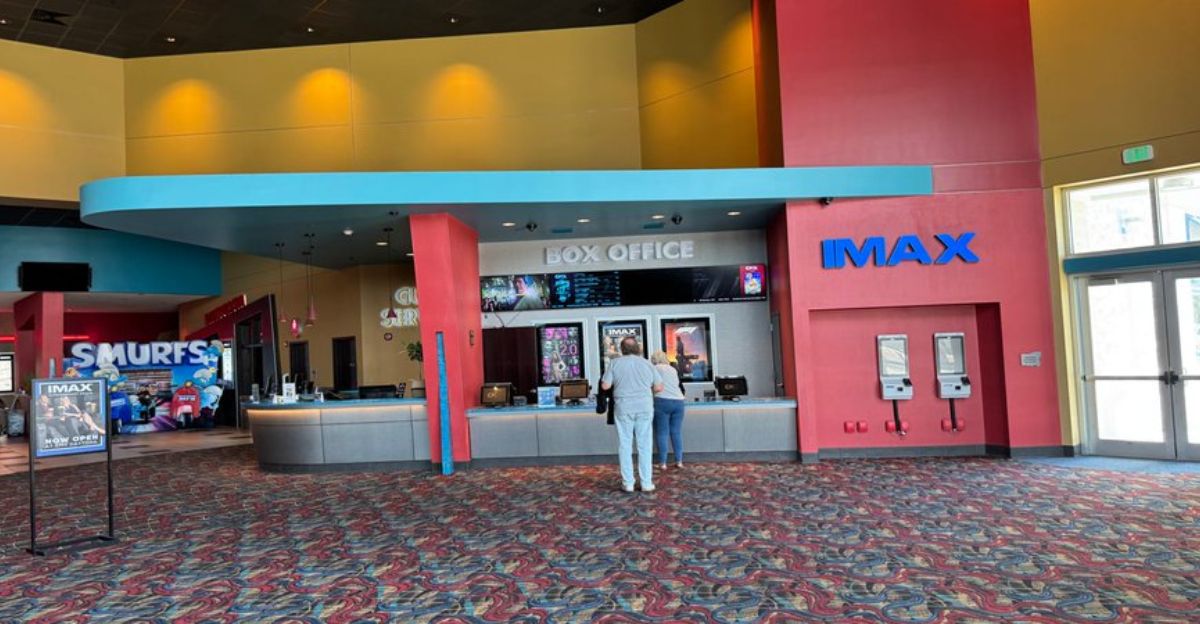
For many moviegoers, the tipping point isn’t the ticket, it’s the $20 popcorn and $12 sodas. Commenters echoed a shared frustration: a basic movie night for two can top $50, which is more than a day at some theme parks. While theaters argue these prices cover razor-thin margins, customers see gouging. The disconnect between value and cost has become a central reason audiences are walking away.
Can Theaters Reinvent Themselves in Time?

Some industry players are betting on reinvention. But with rising costs, shrinking audiences, and stiff competition from tech platforms, it won’t be easy. Survival may depend on partnerships, innovation, and smarter real estate decisions. CMX’s fate sends a message: even iconic brands aren’t immune, and the window for change is narrowing.
A New Era of Storytelling
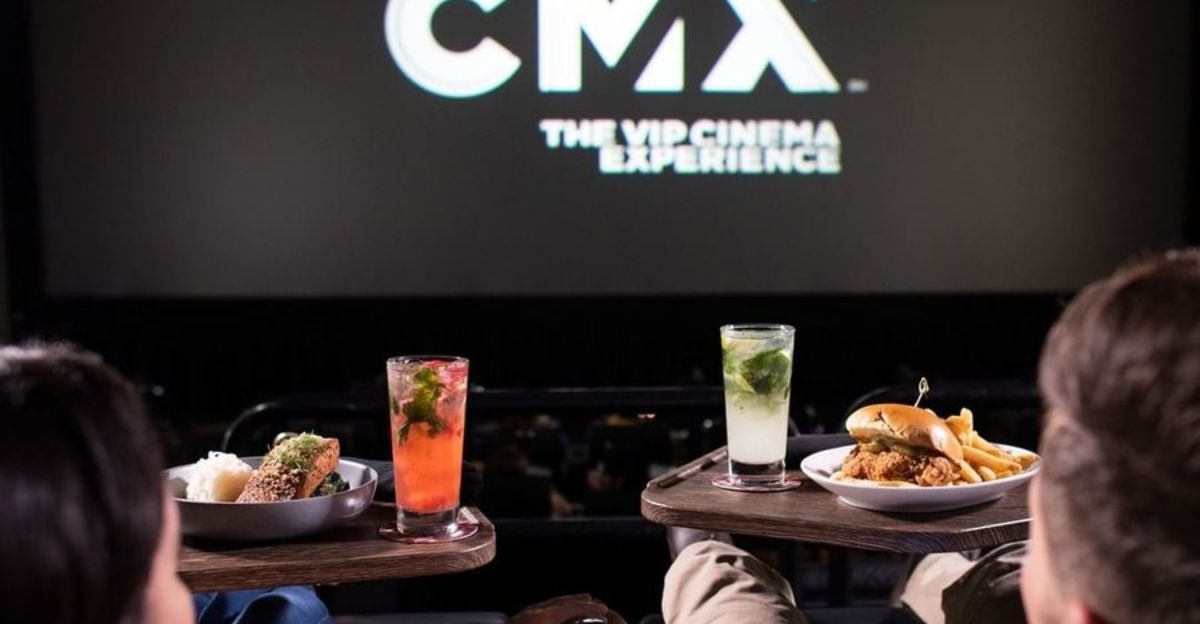
The curtain isn’t closing; it’s shifting platforms. This year, 83% of U.S. adults are regular streamers. Cable is down to 36%. Shuttered multiplexes are being turned into storage centers, clinics, and even pickleball courts. Streaming giants like Amazon and Apple now fund limited theatrical runs, mostly to qualify for awards. Theaters aren’t dead. But the future? It lives online, on-demand, and on your couch.
